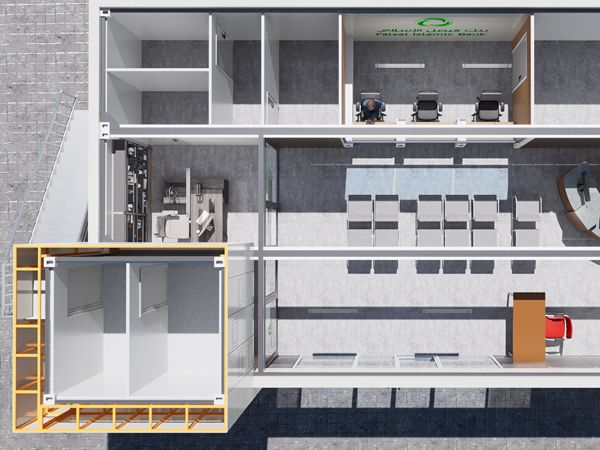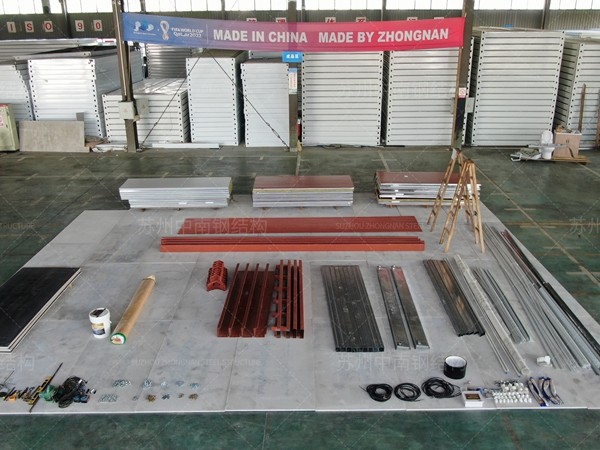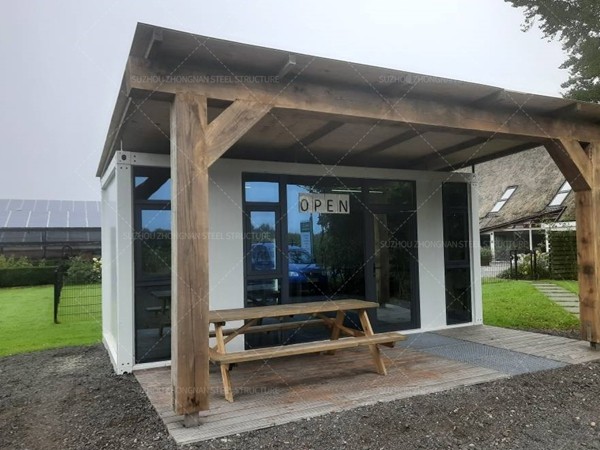shipping container tiny house
The rising trend in sustainable living has led to innovative housing solutions, with shipping container tiny houses capturing considerable attention. These compact dwellings, fashioned from old freight containers, are not only eco-friendly but also cost-effective. As a former logistician turned tiny house dweller, my firsthand experience with this lifestyle transition offers invaluable insights into the practicalities, design considerations, and broader implications of embracing such an unconventional home.
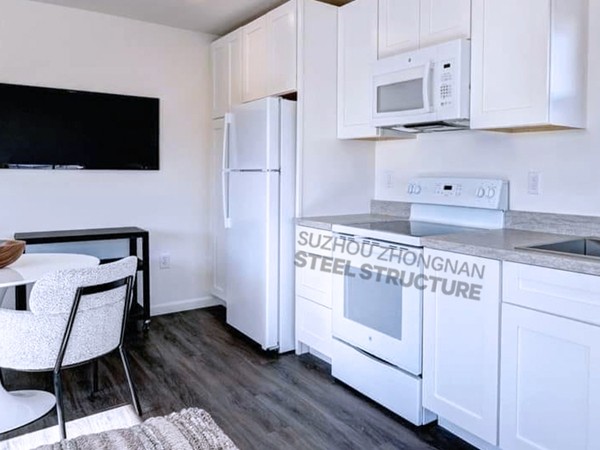
The allure of shipping container tiny houses begins with their sustainability. With millions of unused containers globally, repurposing them into living spaces significantly reduces waste. From an environmental perspective, this adaptive reuse aligns with global efforts to minimize our carbon footprint, making container homes a champion of eco-friendly initiatives. My own journey began with a desire to minimize my environmental impact, and I quickly discovered that the durability of these containers makes them perfect for sustainable living. Metal roofs available with these containers, for instance, have an excellent lifespan, requiring minimal maintenance and offering substantial resistance to harsh weather.
Transforming a shipping container into a cozy abode demands architectural finesse and a keen eye for detail. Each step, from cutting windows to insulating layers, requires meticulous planning and execution. Engaging in this project necessitated collaboration with engineers and architects who specialize in unconventional builds. Their expert guidance ensured compliance with local zoning laws and structural safety standards. Insulation, for instance, was a primary concern due to the thermal conductivity of metal. Utilizing high-performance spray foam allowed for efficient temperature regulation, proving crucial during seasonal temperature variations.
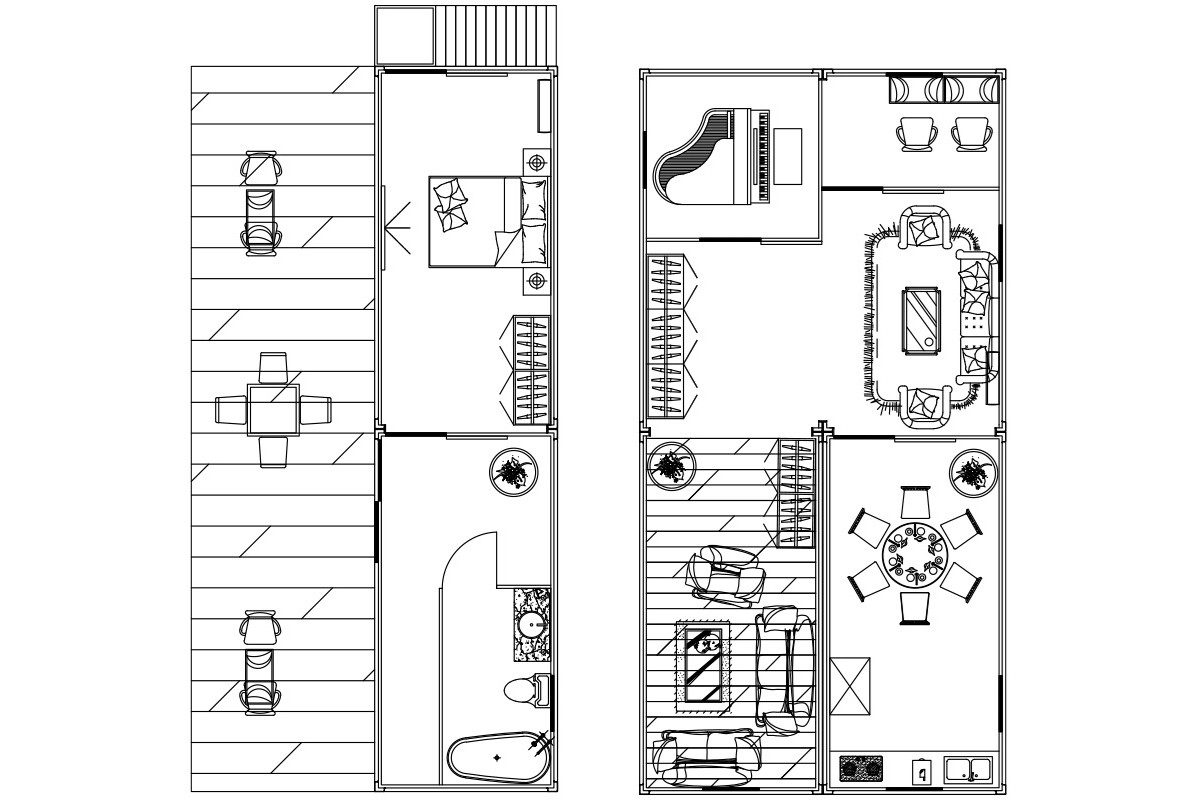
In terms of interior design, maximizing limited space without compromising comfort is key. Open-plan layouts with multipurpose furniture became essential features in my design. By incorporating elements such as foldaway beds and convertible dining tables, space constraints inherently associated with tiny houses were effectively mitigated. Additionally, embracing vertical storage solutions not only provided the requisite storage capabilities but also enhanced the aesthetics of the living space. I found that polished, minimalistic decor complemented the industrial backdrop of the container, creating a harmonious blend that resonated with modern tastes.shipping container tiny house
The financial merits of container homes cannot be overstated. Setting up such a home is significantly cheaper compared to traditional housing. My total expenditure, including acquisition, modification, and interior design, was a fraction of what a conventional home would command. Moreover, the time required to construct these homes is considerably shorter, often needing just a few months, as opposed to the years it usually takes to build a traditional house. This efficiency extends to projections of maintenance costs, which remain minimal over the years due to the robustness of industrial-grade materials used in container fabrication.
From a trustworthiness perspective, transparency in sourcing materials and the construction process enhances the credibility of tiny house projects. Ensuring that every container used is decommissioned and free of hazardous chemicals is critical. My container was thoroughly vetted for safety, and partnering with reputable suppliers guaranteed quality assurance. Involvement in every stage of construction solidified trust in the final product, underscoring a commitment to safe and sustainable living solutions.
In the broader context of the housing market, shipping container tiny houses offer an innovative response to the issues of urban overpopulation and skyrocketing property prices. They represent a viable solution to affordable housing shortages faced by cities across the world. By advocating for sustainable resource use and encouraging a minimalist lifestyle, these homes challenge traditional paradigms of owning space, ushering in a wave of future-forward thinking in real estate planning and development.
In conclusion, shipping container tiny houses are a testament to human ingenuity and a commitment to a sustainable future. They offer a unique blend of eco-friendliness, affordability, and modern living convenience. My experience living in a container home has enriched my understanding of efficient living, providing a practical blueprint for those looking to reduce their ecological footprint without sacrificing quality of life. As these homes continue to gain traction, they signal a transformative shift in how we perceive, utilize, and inhabit space in an ever-evolving world.

